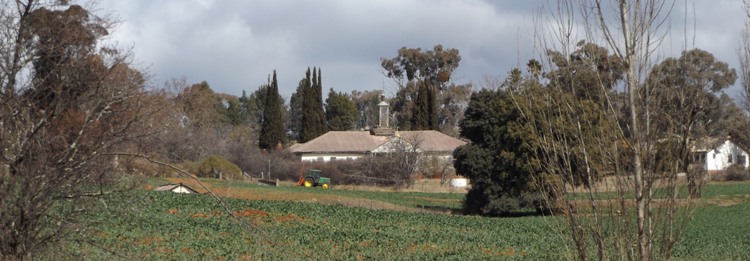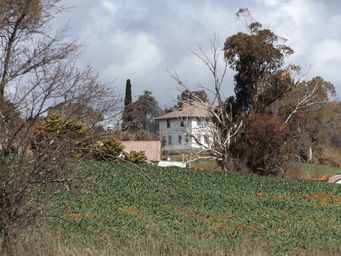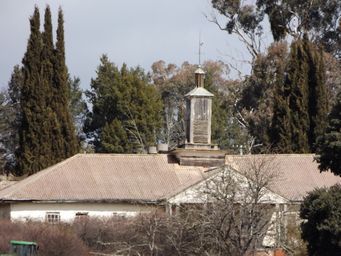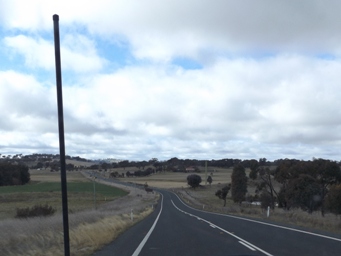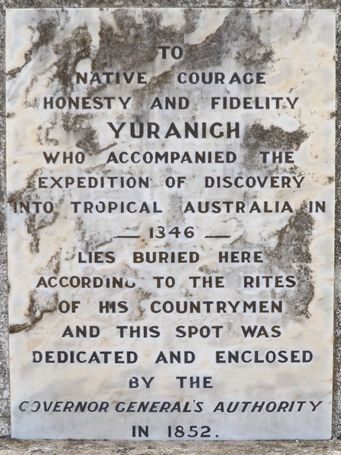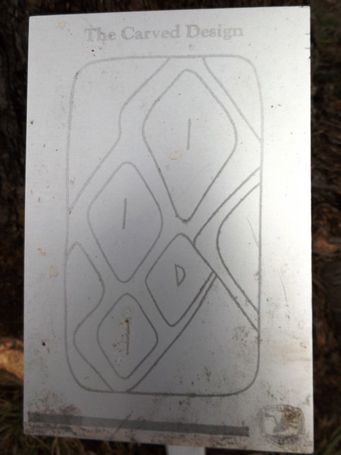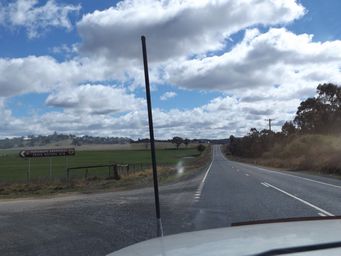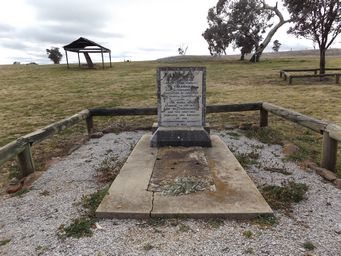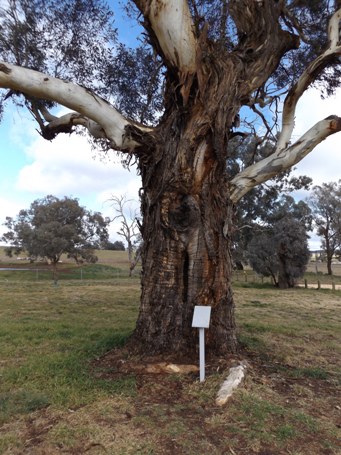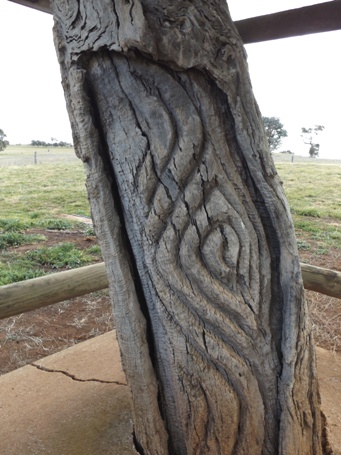Australia So Much to See
New South Wales - Molong, Fairbridge and Yuranigh's Grave
We saw a cluster of buildings from Amaroo Road, and thought it a very large and rather old farming enterprise, but soon discovered it was the remaining buildings of Fairbridge Farm School, mostly derelict. This is now on private property and is not open to the public. There is a rest area nearby on Mitchell Highway with plaques about Fairbridge. These photos were taken from the rest area, now known as Fairbridge Park.
In 1909, South African born Kingsley Fairbridge founded
the Society for the Furtherance of Child Emigration to the Colonies. Its focus was to educate orphaned and neglected children and
train them in farming practices at farm schools located throughout the British Empire. He wanted to see “little children shedding
the bondage of bitter circumstances and stretching their legs and minds amid the thousand interests of the farm.”
In 1912
Kingsley Fairbridge established his first farm school for British child migrants at Pinjarra in Western Australia.
The farm had a dairy with 50 head of cattle, an abattoir and vegetable garden. Children had to help with the running of the farm,
as well as with cleaning and maintaining the buildings.
Of the cottages built to accommodate these children, two remain as current dwellings, while some others were removed and renovated as farm houses.
The two storey Principal’s residence and meeting rooms (at right) was burnt down in 2018. Nuffield Hall (top of page and below right) remains, but is deteriorating.Although
some child migrants feel they benefitted from their time at Molong, in recent times evidence of abuse and neglect has come to light.
Eventually changing attitudes towards child migration, education and the dependence on child labour resulted in the decline of the
Fairbridge Farm at Molong. Fairbridge Farm at Molong was closed in 1974.
Former child resident and former ABC managing
director David Hill lifted the lid on conditions at Fairbridge, including physical, sexual and emotional abuse, in his 2007 book The
Forgotten Children.
A class action was held over a protracted six year period culminating in 2015 for the abuse while at Fairbridge
Molong, against the Fairbridge Foundation, the state and the federal governments. A compensation payout of $24 million was received
for those who had registered.
Molong was the site of an early copper mine in Australia, located at Copper Hill about three kilometres north of Molong on the eastern
side of Molong Creek. Copper Hill shares with Lipscombe Pools Creek near Canowindra, the claim of being the first copper
mines operating in Australia #. Both these mines were in operation in 1845. Copper was first identified at Copper Hill
in 1834, so perhaps Copper Hill has the distinction of being the first discovery of copper in Australia, even if not the first mine. Mining at Copper Hill has continued spasmodically over the years, with mining for gold and copper currently being undertaken.
# However South Australia makes claim to having the first copper mines in Australian. Kapunda in South Australia has the
distinction of being the oldest copper mining town in Australia, but not the oldest copper mine. The honour of this goes to Noarlunga,
where a copper deposit was discovered and worked on the banks of the Onkaparinga River in May 1841.
The Molong Historical Society operate a museum in Riddell Street, with the building being purchased in 1969 for the Historical Society Museum. The present Museum building was constructed in 1856 as the Golden Fleece Hotel. It later became the residence and surgery for the local doctor.
The Museum displays an extensive collection of local history and heritage items. Discover the story of child Migration and Molong’s Fairbridge Farm. From 1938 to the 1970’s many British children found a new
home and new education opportunity at Molong. The Sustainable Collections Project and the Migration Heritage Centre NSW recently
developed an exhibition on Fairbridge Farm at the Museum.
Molong Fairbridge Farm opened in 1938 as a self-sufficient farming property of 1,500 acres (600 hectares) and was part of Britain’s
child migration scheme that saw over 1000 children travel from the United Kingdom to Australia to attend Molong Fairbridge Farm residential
school between 1938 and 1973. Worldwide around 130,000 were sent to institutions from Britain during this period, mostly in
Canada and Australia.
I spoke to a man who had been sent to Fairbridge
Pinjarra, being told his parents were dead. As an adult he traced his roots in the United Kingdom, and found he had been lied
to about being an orphan, and that he had younger brothers and sisters in England.
Resources
Signage at sites
Golden Cross Copper Hill story
Trove Copper Mine Noarlunga South Australia
Central West Daily – Fairbridge fire
Central West Daily – Fairbridge
Newcastle Herald – Child migrant sue
National Parks NSW – Yuranigh’s Grave
The gravesite of Yuranigh, Sir Thomas Mitchell’s Aboriginal assistant, is the only known site in Australia where Aboriginal and European
burial practices coexist.
Yuranigh's grave is located four kilometres south of Molong, and the turnoff is signed from the Mitchell
Highway. It's a significant historical site that bears witness to important early interaction between Aboriginal and European
cultures.
Yuranigh, a Wiradjuri man, accompanied early explorer and surveyor Sir Thomas Mitchell on an expedition into the tropical interior
of Australia in 1846. When Yuranigh died at Gamboola Station just south of Molong in 1850, he was buried within a circle of carved
trees, according to the traditional custom of his people. Out of respect, Mitchell also had a headstone placed over his grave. As
a result, the gravesite contains a unique combination of Aboriginal and European burial customs that is not known of anywhere else
in Australia.
The original sandstone headstone was donated by Mitchell, as well as a marble headstone that was later installed in 1900. The inscription on the headstone reads: 'To native courage honesty and fidelity Yuranigh who accompanied the expedition of discovery into tropical Australia in – 1846 – lies buried here according to the rites of his countrymen and this spot was dedicated and enclosed by the Governor General's authority in 1852.'
There were originally five trees around his grave. The number of trees marked shows the esteem
he was held in. Only four trees remain, three of which are still living.
